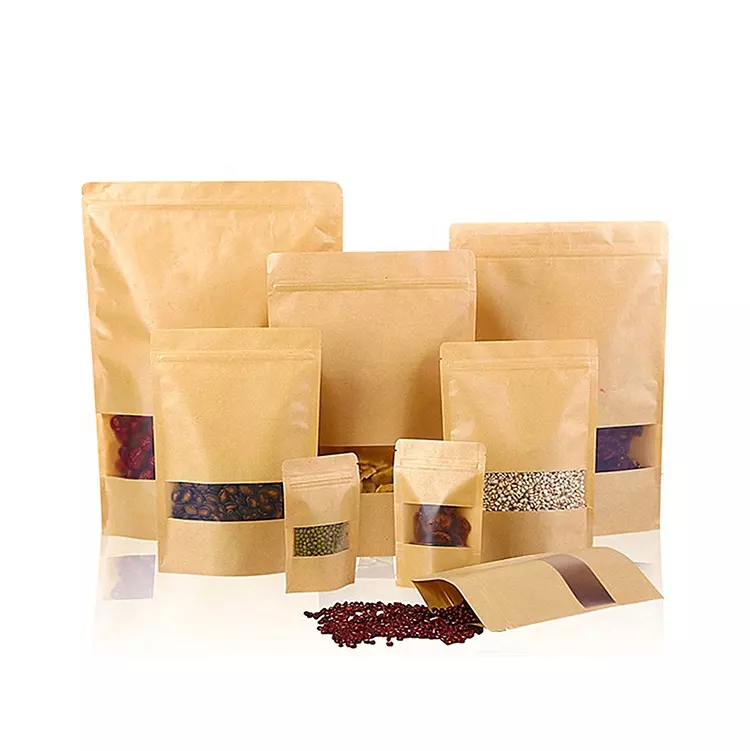- Afrikaans
- Albanian
- Amharic
- Arabic
- Armenian
- Azerbaijani
- Basque
- Belarusian
- Bengali
- Bosnian
- Bulgarian
- Catalan
- Cebuano
- chinese_simplified
- chinese_traditional
- Corsican
- Croatian
- Czech
- Danish
- Dutch
- English
- Esperanto
- Estonian
- Finnish
- French
- Frisian
- Galician
- Georgian
- German
- Greek
- Gujarati
- haitian_creole
- hausa
- hawaiian
- Hebrew
- Hindi
- Miao
- Hungarian
- Icelandic
- igbo
- Indonesian
- irish
- Italian
- Japanese
- Javanese
- Kannada
- kazakh
- Khmer
- Rwandese
- Korean
- Kurdish
- Kyrgyz
- Lao
- Latin
- Latvian
- Lithuanian
- Luxembourgish
- Macedonian
- Malgashi
- Malay
- Malayalam
- Maltese
- Maori
- Marathi
- Mongolian
- Myanmar
- Nepali
- Norwegian
- Norwegian
- Occitan
- Pashto
- Persian
- Polish
- Portuguese
- Punjabi
- Romanian
- Russian
- Samoan
- scottish-gaelic
- Serbian
- Sesotho
- Shona
- Sindhi
- Sinhala
- Slovak
- Slovenian
- Somali
- Spanish
- Sundanese
- Swahili
- Swedish
- Tagalog
- Tajik
- Tamil
- Tatar
- Telugu
- Thai
- Turkish
- Turkmen
- Ukrainian
- Urdu
- Uighur
- Uzbek
- Vietnamese
- Welsh
- Bantu
- Yiddish
- Yoruba
- Zulu
Exploring the Impact of 62% Relative Humidity on Health and Comfort
Understanding 62% Relative Humidity Importance and Impacts
Relative humidity (RH) is a crucial metric in understanding atmospheric conditions. It indicates the amount of moisture in the air relative to the maximum amount that the air can hold at a given temperature. When we talk about relative humidity at 62%, we are checking into an important range that affects comfort, health, and various environmental situations.
At 62% RH, the air has a moderate level of moisture. This level of humidity can be beneficial; it often feels comfortable to most people and is commonly found in temperate climates during certain times of the year. However, it is essential to recognize both the positive and negative implications of maintaining relative humidity at this level.
Comfort and Well-Being
One of the most apparent effects of 62% RH is its influence on human comfort. Most people find humidity levels between 30% and 60% to be comfortable. When RH creeps above this level into the low to mid-60% range, it can sometimes lead to a feeling of discomfort for some individuals, particularly if the temperature is also high. However, at 62% RH, many people still feel relatively at ease unless temperatures soar.
On the other hand, higher humidity levels can exacerbate issues for those with respiratory conditions, allergies, or sensitivities. When moisture levels are elevated, it can increase the growth of mold, dust mites, and other allergens in the environment. Therefore, maintaining a 62% RH can be a balancing act; it’s ideal for comfort but should be monitored closely to avoid excess moisture-related problems.
.
Humidity levels also play a significant role in agriculture. For many crops, relative humidity above 60% is considered favorable, especially during the growing season, as it aids in photosynthesis and can enhance growth. However, consistently high levels can invite plant diseases, especially fungal infections, which thrive in such moist conditions. Farmers must monitor humidity levels along with temperature to protect their crops, employing strategies that may include ventilating greenhouses or using dehumidifiers when necessary.
62 rh

Industrial and Technological Relevance
In industrial and technological contexts, relative humidity is a critical parameter. Many manufacturing processes, particularly those involving delicate electronics or pharmaceuticals, require precise humidity control to ensure product quality. At 62% RH, conditions might be within acceptable ranges for several industries, but it can also be a threshold that necessitates further investigation. Without the right humidity levels, products can suffer damage or instability, leading to larger economic implications.
Health Concerns
Beyond comfort, relative humidity significantly impacts health. Studies suggest that maintaining the RH within recommended levels can reduce the transmission of respiratory viruses and allergic reactions. At 62% RH, the likelihood of dry skin, throat irritation, and eye discomfort is lowered. However, if this humidity level is sustained for extended periods, it may create an environment conducive to bacteria and mold proliferation, which can lead to respiratory issues or worsen asthma and allergy symptoms.
Climate Control and Energy Consumption
Finally, managing relative humidity has implications for climate control in buildings and energy consumption. Air conditioning systems often work to reduce humidity levels, and maintaining them at 62% RH can help balance energy efficiency and comfort. However, it’s essential to adjust these systems based on fluctuating weather conditions to avoid excessive energy use or unnecessary cooling.
Conclusion
In summary, 62% relative humidity represents a pivotal level where comfort, health, agriculture, and industry intersect. While it is often associated with general comfort, its implications extend far beyond mere personal preference. Understanding and managing this level of humidity is vital for ensuring well-being, optimizing agricultural outputs, protecting industrial processes, and improving energy efficiency in buildings. As the climate continues to change and as our lifestyles evolve, being aware of the importance of relative humidity like 62% becomes increasingly essential for everyone, from homeowners to farmers and industry leaders.













